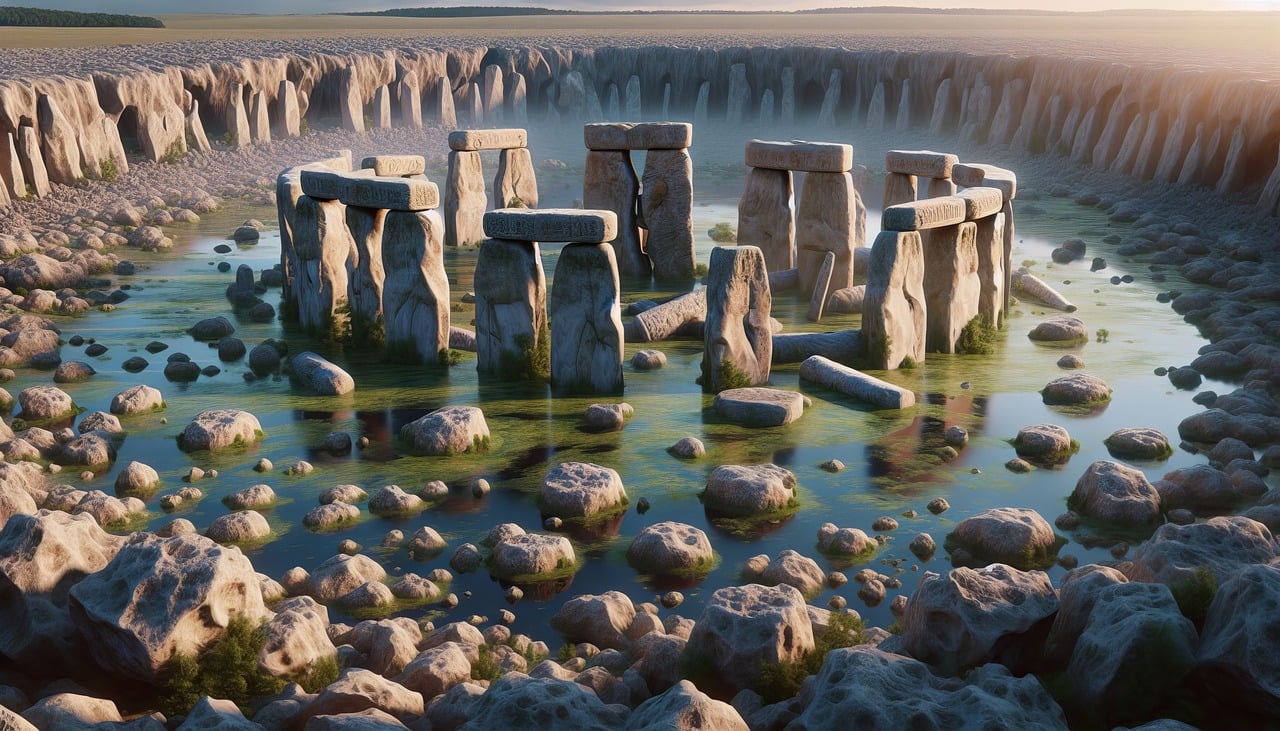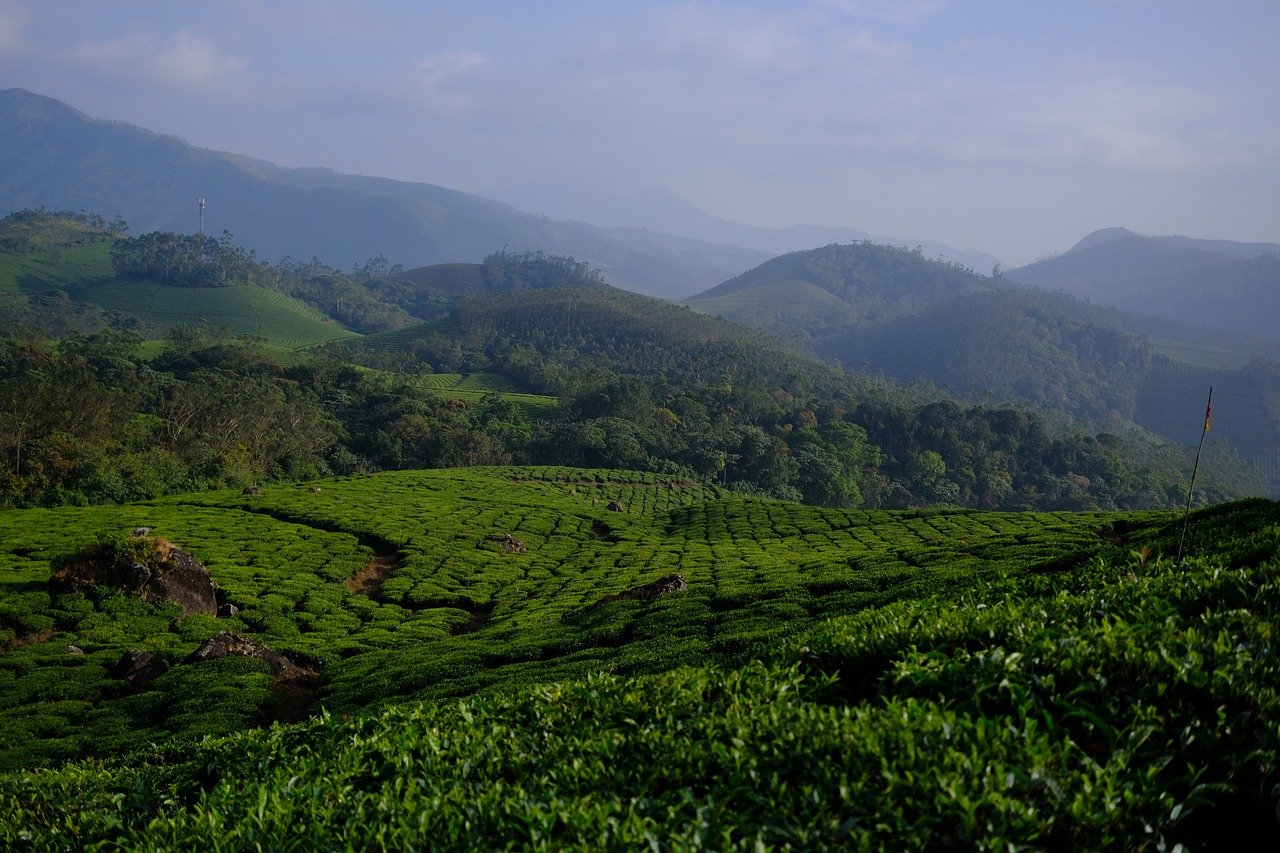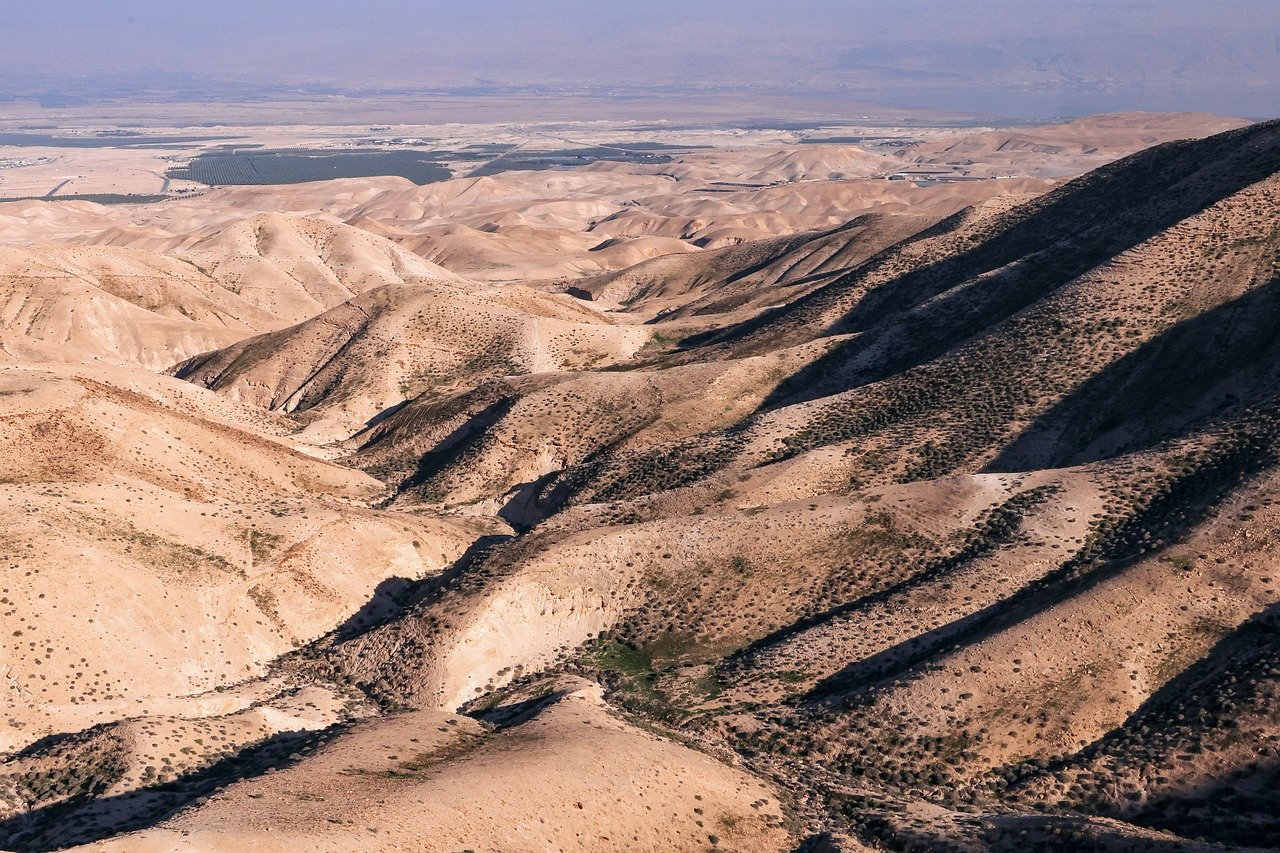Brazil by Train: A Scenic Journey through Brazil’s Historical Railways and Modern Transits
Embarking on a train journey through Brazil offers a unique perspective of this vibrant country, allowing travelers to experience its rich history, diverse landscapes, and bustling urban centers in a leisurely fashion. While Brazil may be best known for its iconic beaches and sprawling rainforests, its railways provide a fascinating window into the nation’s past and future. In this post, we will delve into some of the most iconic historical railways and the modern transit systems that carry passengers across Brazil’s vast expanse.
The Charm of Historical Railways
Brazil’s historical railways are a testament to the country’s rich industrial past. These railways were once the lifelines of trade and travel, connecting distant parts of the nation and facilitating the movement of goods and people. Today, they offer a charming and nostalgic way to explore Brazil’s diverse landscapes.
The Estrada de Ferro Vitória a Minas
One of the most well-known historical railways in Brazil is the Estrada de Ferro Vitória a Minas (EFVM). Stretching over 664 kilometers, this railway connects the coastal city of Vitória to Belo Horizonte in the state of Minas Gerais. Originally built to transport iron ore, EFVM now offers passenger services that allow travelers to journey through picturesque landscapes, including lush forests and rugged mountains. The train provides a comfortable and scenic ride, making it a popular choice for both tourists and locals alike.
The Serra Verde Express

Another notable railway is the Serra Verde Express. This train journey takes passengers from Curitiba to Morretes in the state of Paraná, traversing the breathtaking Serra do Mar mountain range. The route is considered one of the most scenic train rides in Brazil, offering stunning views of verdant rainforests, cascading waterfalls, and deep gorges. The train itself is a throwback to a bygone era, with vintage carriages that enhance the nostalgic experience.
The Maria Fumaça
For those seeking a journey into the heart of Brazil’s wine country, the Maria Fumaça is an ideal choice. This steam-powered train travels through the picturesque region of the Vale dos Vinhedos in Rio Grande do Sul. Passengers can enjoy the scenic beauty of rolling vineyards and charming colonial towns, all while experiencing the unique charm of traveling on a steam train. The journey often includes cultural performances and tastings of local wines, offering a multi-sensory experience.
Modern Rail Transits: Connecting the Urban Pulse
While historical railways provide a glimpse into Brazil’s past, the country is also home to modern transit systems that cater to its rapidly growing urban population. These systems are vital for daily commutes and play a crucial role in reducing traffic congestion and pollution in major cities.
The São Paulo Metro
The São Paulo Metro is one of the most extensive and efficient urban transit systems in Brazil. With six lines covering a vast network of over 100 kilometers, it serves millions of passengers daily. The metro is known for its punctuality and cleanliness, making it the preferred mode of transport for many São Paulo residents. The integration of the metro with bus and train systems ensures seamless connectivity across the city, allowing travelers to explore São Paulo’s cultural landmarks with ease.

The Rio de Janeiro Metro and VLT
In Rio de Janeiro, the metro system is complemented by the VLT (Light Rail Vehicle), a modern tram system that serves the downtown area. The Rio de Janeiro Metro consists of two main lines that connect key neighborhoods and tourist attractions, while the VLT offers a convenient and environmentally friendly way to navigate the city’s historic center. Together, these systems help mitigate the challenges posed by Rio’s notorious traffic, offering a more sustainable way to experience the city’s vibrant culture and stunning beaches.
The Future of Rail Travel in Brazil
Brazil’s commitment to improving its rail infrastructure is evident in various projects aimed at expanding and modernizing the country’s rail networks. These initiatives not only promise to enhance domestic travel but also aim to boost economic growth by improving logistics and connectivity.
The North-South Railway
One of the most ambitious projects is the completion of the North-South Railway, which aims to connect the Brazilian states from the north to the south. This project is expected to facilitate the movement of goods and stimulate economic development in less accessible regions. By enhancing connectivity, the North-South Railway promises to open up new opportunities for trade and tourism across Brazil.
High-Speed Rail Prospects
In addition to expanding existing networks, there is ongoing discussion about introducing high-speed rail in Brazil. The proposed high-speed train between São Paulo and Rio de Janeiro could revolutionize travel between these two major cities, significantly reducing travel time and further integrating the economic and cultural exchanges between them. While still in the planning stages, this project highlights Brazil’s ambition to embrace modern rail technology and improve its transportation infrastructure.

Conclusion: Embracing the Journey
Traveling by train in Brazil offers a unique opportunity to experience the country’s diverse landscapes and vibrant cultures in a way that is both relaxing and enriching. Whether you are drawn to the nostalgia of historical railways or the efficiency of modern transit systems, Brazil’s railways provide a journey that is as much about the experience as it is about the destination. As the country continues to invest in its rail infrastructure, the future of train travel in Brazil looks promising, offering travelers even more opportunities to explore this fascinating nation by rail.
Practical Tips for Traveling by Train in Brazil
For those planning to explore Brazil by train, a few practical tips can enhance the travel experience. Understanding the nuances of train travel in Brazil can help ensure a smooth and enjoyable journey.
Booking Tickets in Advance
Train travel in Brazil, particularly on popular routes like the Serra Verde Express and the Estrada de Ferro Vitória a Minas, can be in high demand, especially during peak tourist seasons. It is advisable to book train tickets in advance to secure a spot and potentially take advantage of early booking discounts.
Understanding Class Options
Many trains in Brazil offer different classes of service, ranging from basic seating to more luxurious options. Understanding the class options available can help travelers select the level of comfort and amenities that best suit their needs and budget. For instance, premium classes may offer more spacious seating, meal services, and panoramic windows for better sightseeing opportunities.

Preparing for the Journey
Train journeys in Brazil can be long, depending on the route. It is advisable to pack essentials, such as snacks, water, and entertainment, to make the journey more comfortable. Additionally, bringing a camera or smartphone with a good camera is recommended, as the scenic routes offer numerous photo opportunities.
Exploring Beyond the Rails
While train travel provides a unique way to see Brazil, it also serves as a gateway to exploring the country’s rich cultural and natural attractions beyond the railway tracks. Each train route offers opportunities to disembark and explore local communities, historical sites, and natural wonders.
Discovering Local Cultures
Many train routes pass through regions with distinct cultural identities, offering travelers the chance to experience local traditions, cuisines, and festivals. For instance, the journey through the Vale dos Vinhedos provides an opportunity to explore Brazil’s wine culture, while the route to Morretes offers a taste of Paraná’s traditional cuisine, including the famous barreado stew.
Visiting National Parks and Natural Attractions
Brazil’s train routes often traverse areas of outstanding natural beauty, providing easy access to national parks and other natural attractions. Travelers can take advantage of stops along the way to explore hiking trails, waterfalls, and wildlife reserves, immersing themselves in Brazil’s unparalleled biodiversity.
The Environmental Impact of Train Travel
In addition to offering a scenic and leisurely mode of transport, train travel is also one of the more environmentally friendly ways to explore Brazil. Railways produce significantly lower emissions compared to car and air travel, making them a more sustainable choice for environmentally conscious travelers.

Reducing Carbon Footprint
By choosing to travel by train, travelers can substantially reduce their carbon footprint. Trains are more energy-efficient and have a lower environmental impact, supporting Brazil’s broader efforts to promote sustainable tourism and protect its natural heritage.
Supporting Local Economies
Train travel also plays a role in supporting local economies. Many of the towns and communities along railway routes rely on tourism as a key source of income. By traveling by train, visitors contribute to the economic well-being of these areas, supporting small businesses and fostering cultural exchanges.
Final Thoughts
Embarking on a train journey through Brazil offers more than just a means of getting from point A to point B; it is an invitation to slow down and appreciate the diverse tapestry of landscapes and cultures that define this remarkable country. From the nostalgic allure of historical railways to the sleek efficiency of modern transit systems, Brazil’s railways offer a travel experience that is both enriching and sustainable. As Brazil continues to expand and improve its rail networks, train travel will undoubtedly remain a compelling way for both locals and visitors to discover the many wonders that Brazil has to offer.










